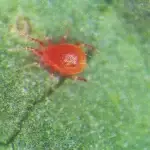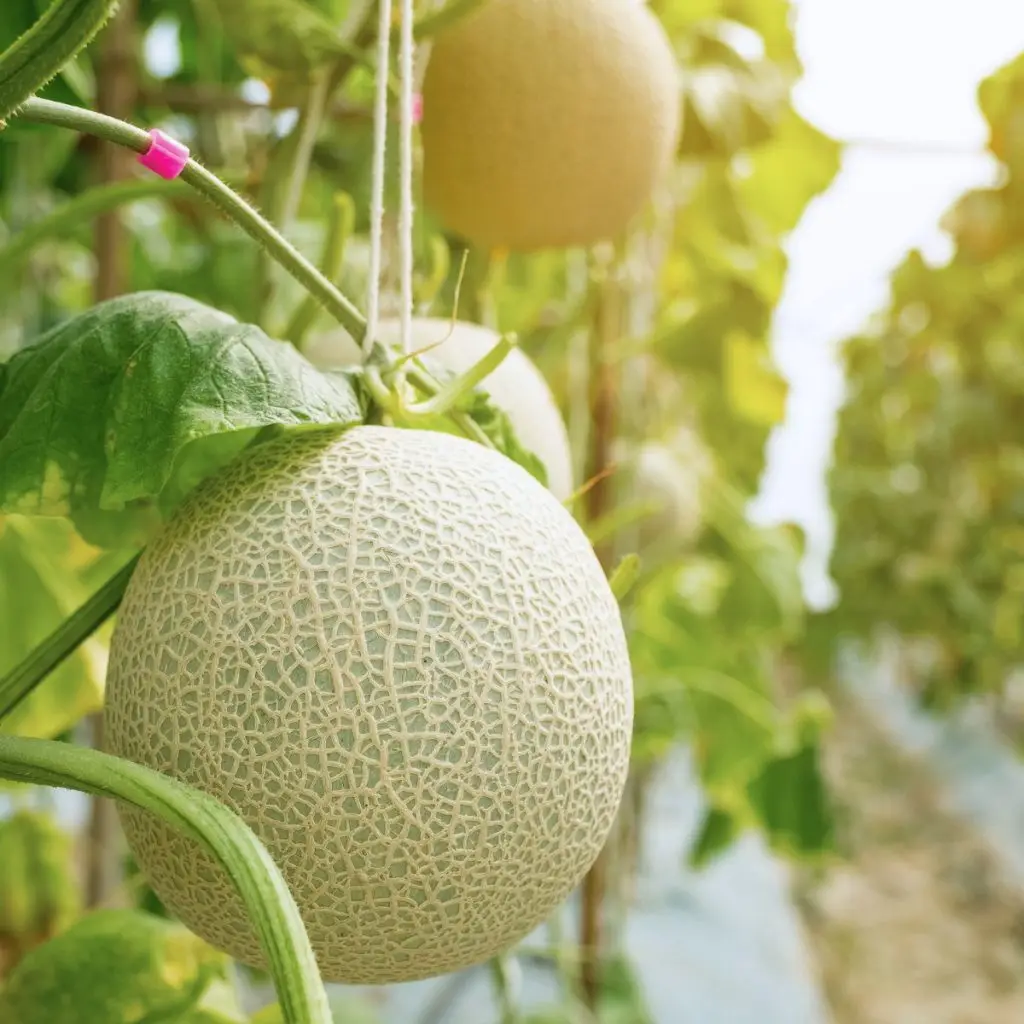Melons
Overview
Melons are grown in nearly every Australian state and territory, with production concentrated in Queensland, Northern Territory, Western Australia and New South Wales. Watermelons, rockmelons, and honeydew melons are the most common varieties grown.
Common melon pests include Silverleaf Whitefly, Melon Aphid (Aphis gossypii), Two-Spotted Mite and Bean Red Spider Mite. In certain areas, aphids and whiteflies can carry and transmit several viruses making their control even more important. Melons are also affected by secondary pests such as caterpillars, Cucumber Moth, and leafhoppers.
Watermelons in Northern Australia are sensitive to Melon Aphid, also known as Cotton Aphid. They have become resistant to a range of currently registered chemicals. We have been helping growers in Western Australia and the Northern Territory to successfully control them through tailored IPM programs since 2011 with good results.
Signs you have Melons pests
The key to controlling pests in your melon crop is detecting them early and introducing beneficials at the right moment.
You can observe all the major and secondary pests by undertaking regular scouting.
- Aphid or whitefly. Honeydew and sooty mould indicate aphid or whitefly hotspots.
- Spider Mite. Speckling of leaves is an early sign of spider mite activity which will escalate to widespread discolouration of leaves, webbing of leaves and entire plants, and eventually cause plant death
- Caterpillars. Chewing damage, particularly on young foliage and flowers.
Products you can use to control Melons pests
Biological Services produces a range of products to control pests in your melon crop.
Our IPM programs features regular inoculative releases of Aphidius colemani (Colemani) for aphid control in conjunction with the predatory mites Phytoseiulus persimilis (Persimilis) and Neoseiulus californicus (Californicus) for Two-Spotted Mite and Bean Red Spider Mite.
If Silverleaf Whitefly are present, we advise you to use innoculative releases of Eretmocerus hayati. Where caterpillars are problematic, Trichogramma can be released.
Your local Biological Services Consultant can provide year-round, professional crop monitoring and expert IPM program advice.
Other tips for managing pests in your Melons
Practice good crop hygiene and start with clean seedlings.
Before you embark on an IPM program, you will need to eliminate any broad-spectrum residually toxic pesticides from your spray program that will kill both the released biocontrol agents and those that are present naturally. Neonicotinoids remain in your soil for several seasons which means they will continue to harm biocontrols well after you have stopped using them. As natural biocontrols play a large part in controlling key pests in melon crops, limiting your use of persistent pesticides is key to establishing and maintaining an effective IPM program. In many instances they can be replaced by more selective chemicals that allow the beneficials to survive.
Once you start an IPM program, we recommend you speak with your Biological Services Consultant before you introduce a new chemical treatment for the first time.
Get tailored advice for your commercial crop
To speak with one of our qualified consultants about your current commercial crop challenge or to learn about the benefits of the IPM maintenance and monitoring services we provide, contact us.










